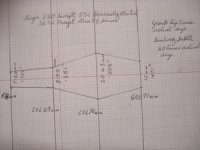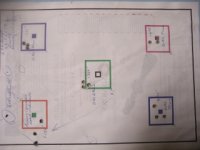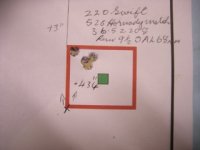O
Octopus
Guest
I had an old 25-06 Browning A bolt barrel with a boss tuner laying on the shelf for the past three years. Last week I got around to cutting off the shank and rethreading it to fit my Rem 40X. I chambered it as a 25 BR. This is a very short, about 20", very thin light weight barrel. I put it on a 40X action in an Edge BR stock with a NightForce 42 scope. I think the scope was heavier than the barrel.
With the Boss Tuner adjusted to (5.0) the center of its range using 88 br BIB flat base bullets set lightly into the lands over a near full case of VV N-135 the very best I was able to do was about 3/4" groups at 100 yards.
Using the same load, I adjusted the tuner out to 5.4 and the group came down to about 3/8". I adjusted the tuner on out to 5.5 and the group got smaller, down to about 1/4". The tuner worked like magic!
In the past the boss tuners never gained much acceptance. I suspect this may be because the rifles they were on to often had other accuracy issues. The rifle used for this test was correct in all aspects so the only variable was the barrel and the 25 BR is a very accurate round. I was able to see the real effect of the boss tuner.
If you would like to see my report on this test PM me with your email address.
With the Boss Tuner adjusted to (5.0) the center of its range using 88 br BIB flat base bullets set lightly into the lands over a near full case of VV N-135 the very best I was able to do was about 3/4" groups at 100 yards.
Using the same load, I adjusted the tuner out to 5.4 and the group came down to about 3/8". I adjusted the tuner on out to 5.5 and the group got smaller, down to about 1/4". The tuner worked like magic!
In the past the boss tuners never gained much acceptance. I suspect this may be because the rifles they were on to often had other accuracy issues. The rifle used for this test was correct in all aspects so the only variable was the barrel and the 25 BR is a very accurate round. I was able to see the real effect of the boss tuner.
If you would like to see my report on this test PM me with your email address.





